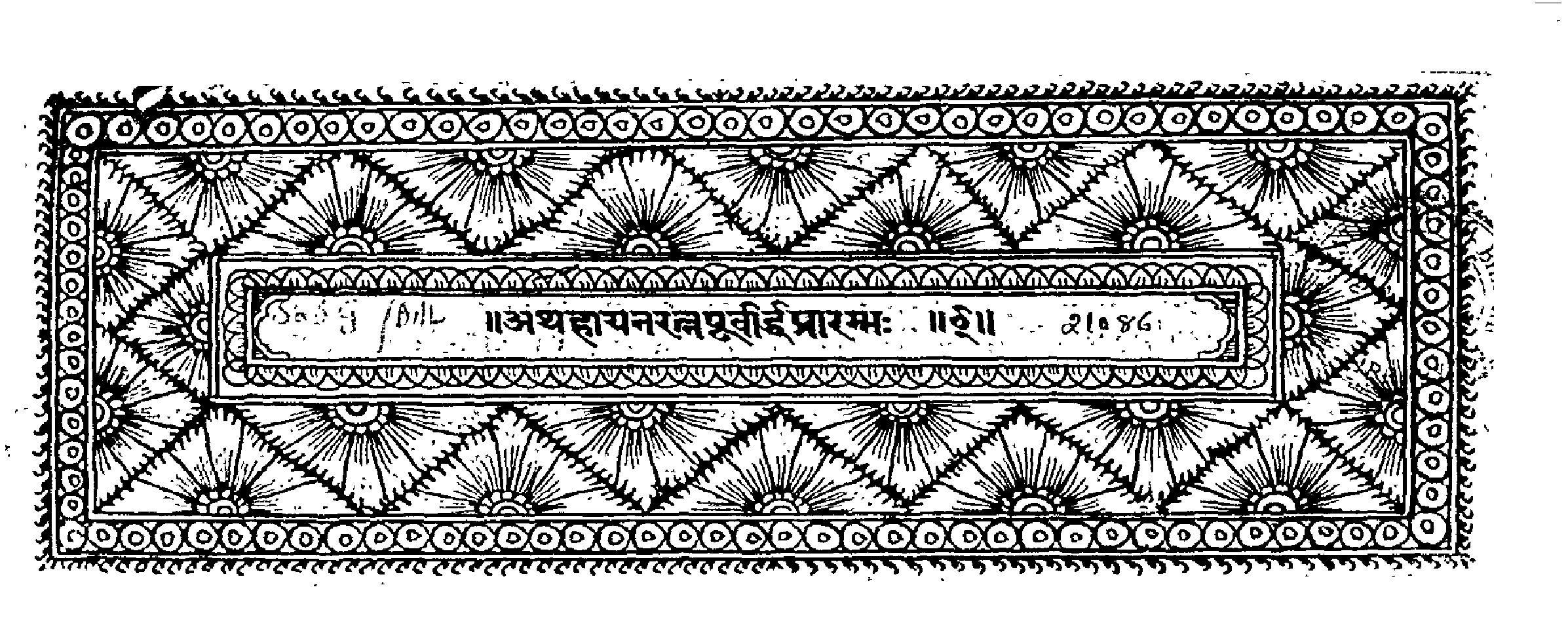Origins of the Tājika System of Astrological Aspects and Dignities
DOI:
https://doi.org/10.18732/hssa.v6i0.34Keywords:
Balabhadra, Tājika, Hāyanaratna, Sahl ibn Bishr, SamarasiṃhaAbstract
The astrological doctrines of aspects and planetary dignities found in the authoritative texts of the Tājika (Sanskritized Perso-Arabic) school are examined with respect to their origins and historical development, with particular emphasis on Balabhadra’s encyclopaedic Hāyanaratna (1649) and its quotations from the perhaps earliest work of the school, Samarasiṃha’s Tājikaśāstra (thirteenth century). It is argued that a major source of these doctrines is Sahl ibn Bishr’s Arabic-language introduction to astrology (ninth century), possibly in abbreviated or paraphrased form. Several of the constituent ideas have been imperfectly understood by their Indian epitomists, resulting in reinterpretations and innovations.
Downloads

Downloads
Published
How to Cite
Issue
Section
License
Copyright (c) 2018 Martin Gansten

This work is licensed under a Creative Commons Attribution-ShareAlike 4.0 International License.
Authors who publish with this journal agree to the following terms:Authors retain copyright and grant the journal right of first publication with the work simultaneously licensed under a Creative Commons Attribution-ShareAlike license that allows others to share the work with an acknowledgement of the work's authorship and initial publication in this journal.
Authors are able to enter into separate, additional contractual arrangements for the non-exclusive distribution of the journal's published version of the work (e.g., post it to an institutional repository or publish it in a book), with an acknowledgement of its initial publication in this journal.
Authors are permitted and encouraged to post their work online (e.g., in institutional repositories or on their website) prior to and during the submission process, as it can lead to productive exchanges, as well as earlier and greater citation of published work (See The Effect of Open Access).



